How Long to Sail from Miami to the Bahamas? (Quick Trip)
The distance between Miami and the Bahamas can range from around 50 miles to over 200 miles, depending on which island you're heading to. If you're thinking of making a quick sail between these two points, here's a rough estimate of how long your sailing trip will take.
If you're sailing from Miami to Bimini Island in the Bahamas, which is only about 50 miles away, the trip will take around 2–3 hours. If you're heading to Nassau, you'll need to sail around 180 miles, which takes about 10–12 hours. If you're heading to Freeport, the trip takes around 6–8 hours.
When sailing from Miami to the Bahamas, you will come across the Gulf Stream, which is a powerful current that can either help or hinder your sailing speed. Let's get to know how you can use this current to your advantage and reduce sailing time.
Summary
- The route from Miami to Bimini is the shortest and easiest to navigate because it follows a direct line across the Gulf Stream.
- The route from Miami to Nassau takes the longest to sail, since it passes through the Gulf Stream and the Tongue of the Ocean.
- The best time to sail in the Bahamas is during the months of November and May, when the weather is still pleasant, but prices are typically lower.
- Aside from the powerful current of the Gulf Stream, the shallow waters of the Bahamas can also slow down the sailing speed.
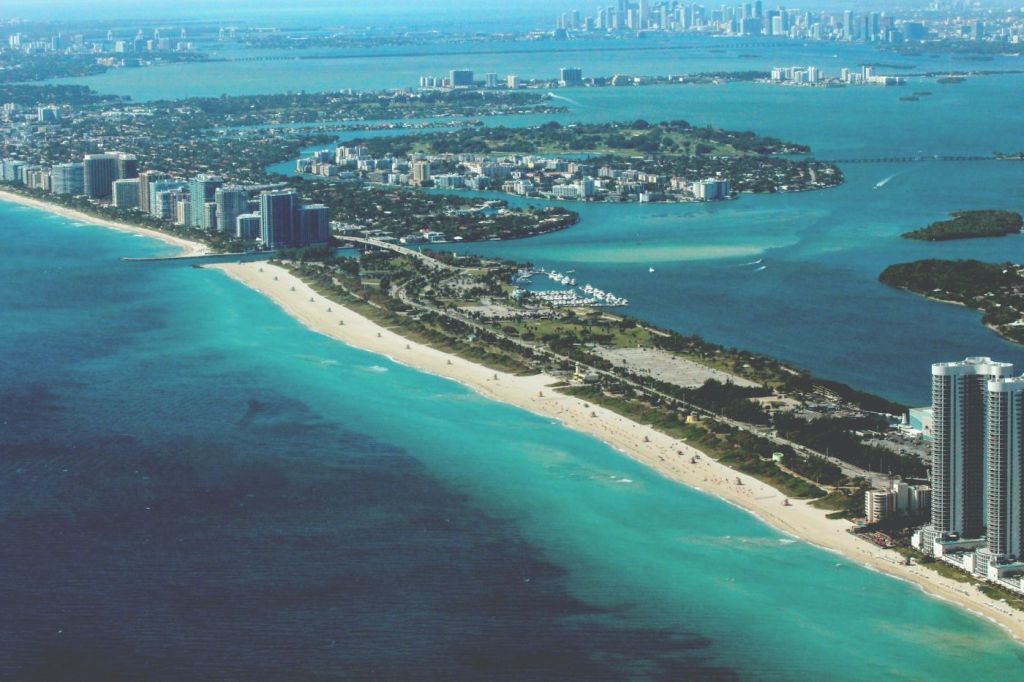
On this page:
Sail From Miami To The Bahamas
| Destination | Distance from Miami | Approximate Sailing Time | Challenges |
|---|---|---|---|
| Bimini | 50 miles | 2–3 hours | Crossing the Gulf Stream |
| Nassau | 180 miles | 10–12 hours | Crossing the Gulf Stream, navigating the Tongue of the Ocean |
| Freeport | 100 miles | 6–8 hours | Crossing the Gulf Stream, navigating the Little Bahama Bank |
Sail 2–3 hours from Miami to Bimini
The shortest route from Miami to the Bahamas is to sail to Bimini, which is only about 50 miles away. This route takes you across the Gulf Stream, which can be challenging depending on the weather conditions. You can expect the trip to take around 2–3 hours.
However, this can vary depending on various factors such as the speed of the boat and the weather conditions. Still, this route is considered the shortest and easiest to navigate because it follows a direct line across the Gulf Stream, which is a warm and powerful ocean current that flows from the Gulf of Mexico towards the east coast of the United States and then towards Europe.
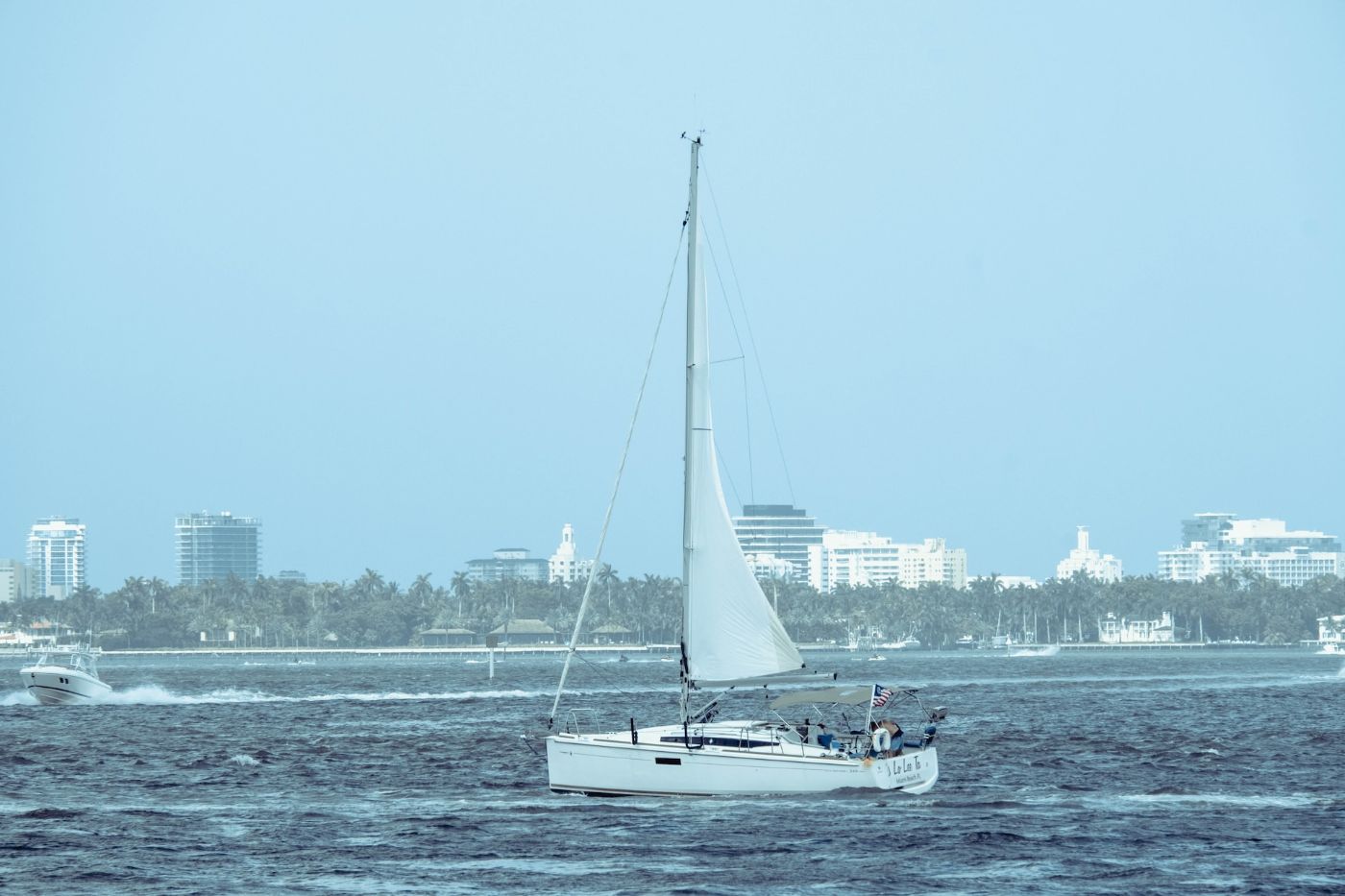
This route is also relatively straightforward and well-marked, with many buoys and navigational aids along the way to help guide sailors. Additionally, the waters in this area are generally calm and clear, which makes it easier to navigate and reduces the risk of hazards such as reefs or shallow areas.
Sail for 10–12 hours from Miami to Nassau
If you're heading to Nassau, the capital of the Bahamas, you'll need to sail a bit farther. The distance from Miami to Nassau is around 180 miles, and the trip takes about 10–12 hours.
The reason this route takes longer is that it involves crossing the Gulf Stream, which is a powerful ocean current that can make sailing challenging. The Gulf Stream flows northward along the east coast of Florida, and to reach Nassau, you'll need to cross it. This can be difficult because the current can be quite strong, and it can push your boat off course if you're not careful.
Aside from this, the route from Miami to Nassau takes you through the Tongue of the Ocean, which is a deep channel that separates the islands of the Bahamas. The channel can be quite rough and choppy, especially when the wind and waves are strong. This can make sailing more challenging and requires careful navigation to ensure a safe and comfortable journey.
If you're passing through these locations, you may want to check if your sailboat is ideal to pass through rough seas.
Sail 6–8 hours from Miami to Freeport
If you're heading to Freeport, which is located on Grand Bahama Island, you'll need to sail about 100 miles from Miami. This route takes you across the Gulf Stream and through the Little Bahama Bank. The trip takes around 6–8 hours.
It takes longer to sail from Miami to Freeport than to Bimini because Freeport is located farther away from Miami. Freeport is located on the eastern side of Grand Bahama Island, which is located farther east than Bimini, so you have to cover a greater distance to reach Freeport from Miami.
In addition, the route from Miami to Freeport involves crossing the Gulf Stream, just like the route to Bimini. However, the Little Bahama Bank, which is located between Florida and the Bahamas, is shallower and more challenging to navigate than the waters around Bimini. This means that you need to be more careful when navigating through this bank, which can make the journey take longer.

Best Time to Sail from Miami to the Bahamas
The best time to sail to the Bahamas is during the winter months, between December and April. During this time, the weather is typically mild, with temperatures ranging from the mid-60s to the mid-80s Fahrenheit (18-30 Celsius). The seas are also calmer during this time, making for a smoother journey.
However, the winter season also tends to be the most expensive for travel and accommodations. If you're looking to save money, you might consider sailing during the shoulder seasons of November and May, when the weather is still pleasant, but prices are typically lower. It's also worth keeping an eye on the weather forecast, as hurricane season in the Caribbean runs from June to November, and storms can disrupt travel plans.
Navigational Challenges of Sailing from Miami to the Bahamas
The following are some hindrances that can affect the speed of your sail from Miami to the Bahamas:
Navigating through the shallow waters of the Bahamas
The shallow waters of the Bahamas can become challenging because of the many reefs and sandbars in the area. The Bahamas are surrounded by a large reef system that creates shallow waters, which can be difficult to navigate through, especially for larger boats.

The shallow waters are also subject to shifting sandbars and currents, which can make navigation even more challenging. Inexperienced sailors may find it difficult to navigate through these areas without the proper knowledge and equipment. In addition, these waters can be dangerous for boats that are not equipped with the proper safety equipment. Running aground on a reef or sandbar can cause serious damage to a boat and put the crew in danger.
To navigate through the shallow waters of the Bahamas, you might need to have accurate charts and be familiar with the local conditions. You also need to have a good understanding of the boat's draft and how it will be affected by the shallow waters.
Navigating through the Gulf Stream
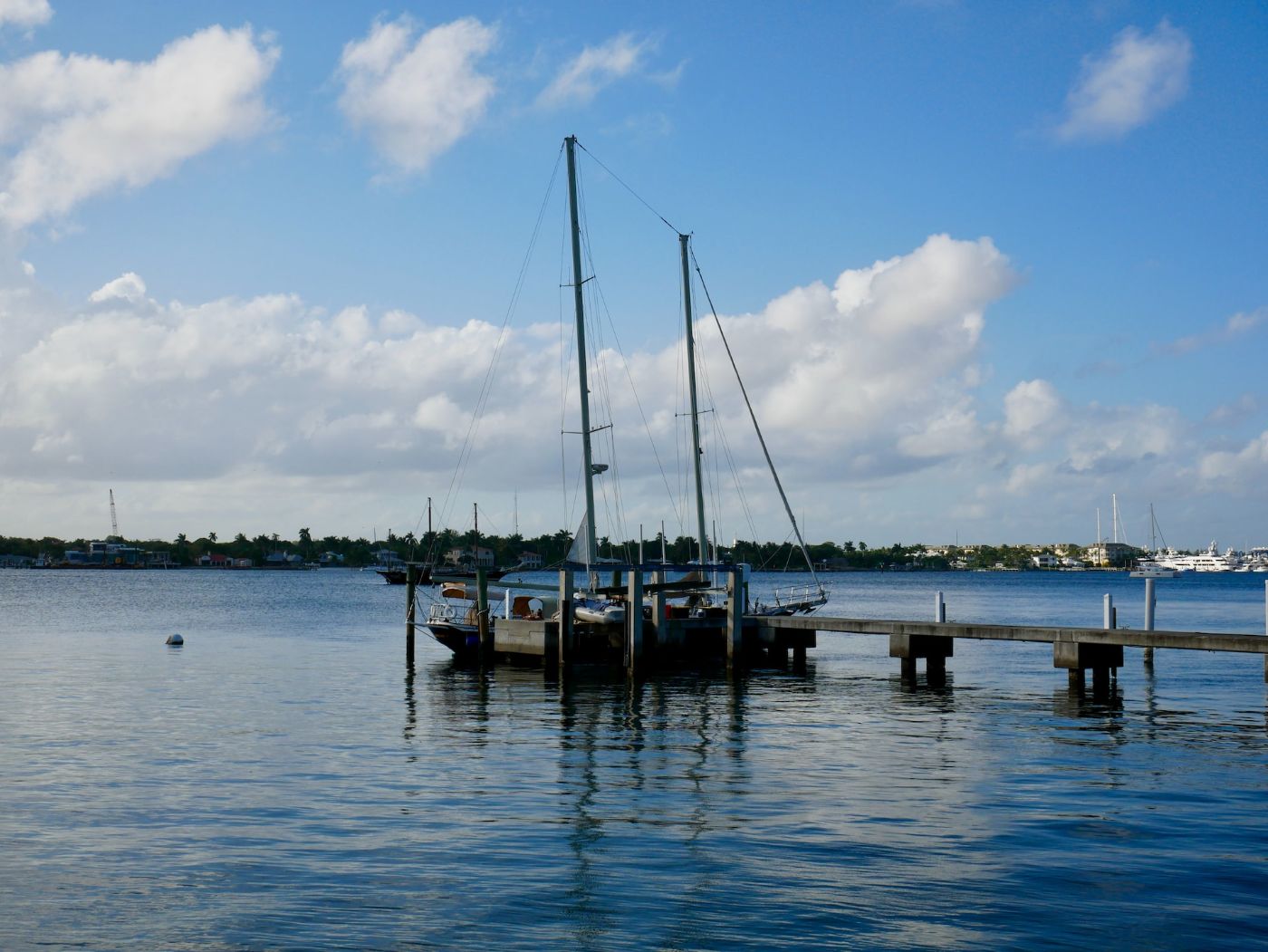
The Gulf Stream is a powerful ocean current that flows northward along the east coast of the United States and across the Atlantic Ocean towards Europe. It can significantly affect the speed and direction of the vessel.
The Gulf Stream is a warm current, and as it flows northward, it can create a headwind for boats heading south, which can slow them down and make the journey longer and more difficult.
To get through this current, you might need to plan your route carefully and choose the best time to sail. Generally, it is best to sail during the calmer months of the year, when the winds and currents are less strong. You could also check the weather forecasts and ocean current charts to plan your route and avoid the strongest currents.
You can also try to adjust your sail plan to take advantage of the wind and currents. You can use a downwind sail to help them move more quickly with the current, or you can use a motor to help them move against the current. Perhaps consider also adjusting the course slightly to take advantage of eddies or counter-currents that may be present.
Navigational challenges brought by weather conditions
The area from Miami to the Bahamas is prone to sudden storms and squalls, especially during hurricane season. Aside from that, here are other navigational challenges caused by unpredictable weather that can affect your sailing time:
- Strong winds can make it difficult to navigate and control the boat, especially when sailing across the Gulf Stream.
- Rough seas can also make it difficult to navigate and control the boat, causing it to slow down and potentially leading to seasickness.
- Storms can be dangerous, so try to avoid sailing during stormy weather. If caught in a storm, you may need to seek shelter and wait for the weather to improve before continuing your journey.
- Fog can reduce visibility and make it difficult to navigate, especially when sailing through channels or narrow passages.

Navigating through busy shipping lanes
The area between Miami and the Bahamas is one of the busiest shipping lanes in the world. This means that there are many large commercial vessels, cargo ships, tankers, and other types of ships that are constantly moving through the area at high speeds and can be difficult to spot, especially at night or in poor visibility conditions.
You might need to keep a sharp lookout and be aware of the potential hazards and risks associated with sharing the waterway with large ships. This includes understanding the rules of the road and knowing how to communicate with other boats to avoid collisions and other accidents. It's also good to maintain a safe distance from other vessels.
Did you find the answer to your specific question?
👍 0 👎 1
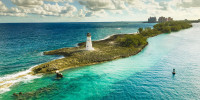
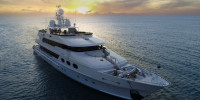
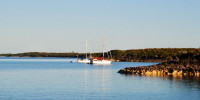
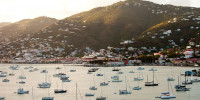
Leave a comment